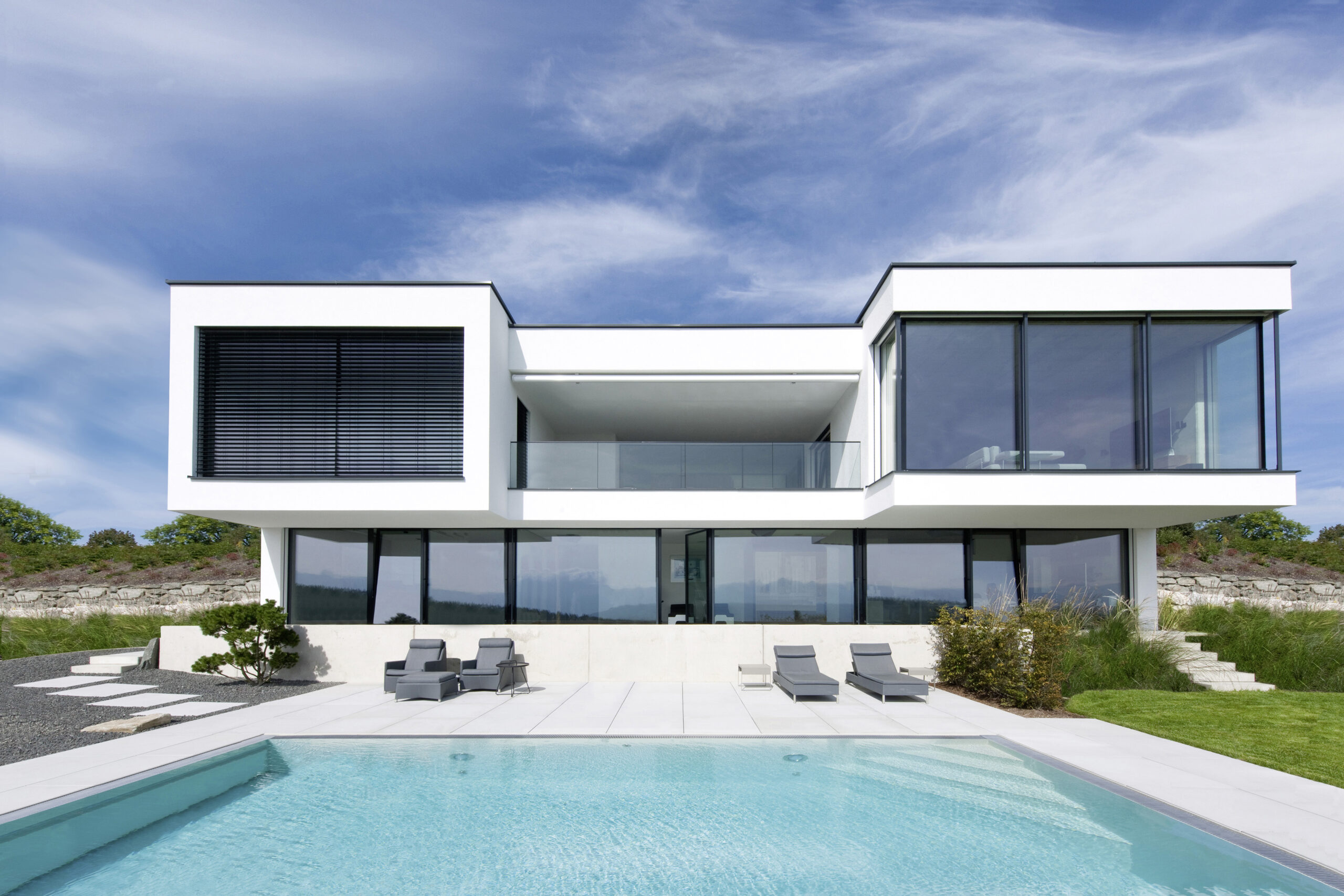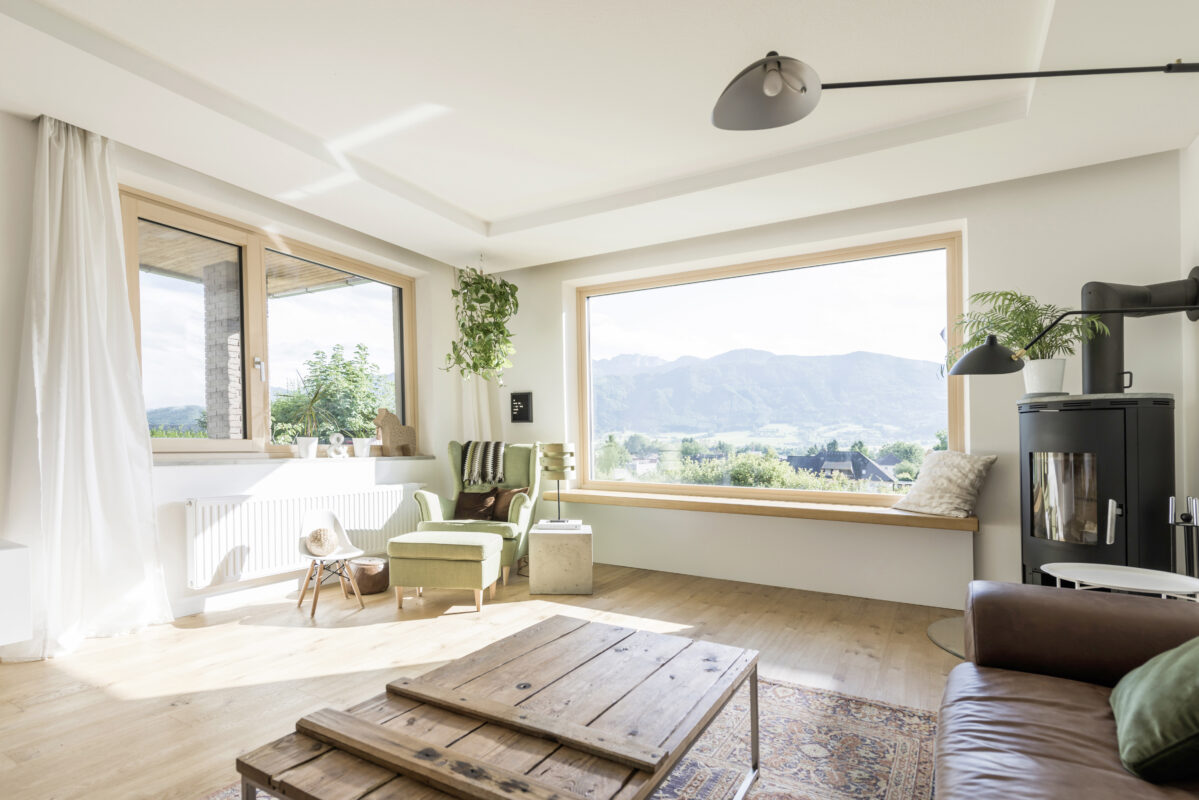No products in the cart.
Wood Fiber Insulation
MOST COMMON QUESTIONS ABOUT THE GSWRAP WOOD FIBER INSULATION
The most frequent questions we get about our GSWRAP Wood Fiber Insulation products all in one spot. Here we go.
1. Which material is used to produce the GSWRAP wood fiber panels?
For the production of our FiberTherm wood fiber panels, we use exclusively coniferous wood from FSC certified forests, managed with permanently sustainable methods.
2. What is the production process of wood fiber panels?
The raw material, wood, is cut into smaller and smaller pieces, which are thermally and mechanically sfibrated as semi-finished products through a machinery called “sfibrator”. The fibers are then mixed with water to create an aqueous suspension. This suspension is overheated and taken to the drainage system; here a carpet of fibers is formed, that is the base of the new panel. The panels subjected to drainage are finally subjected to a drying process in order to reach the final degree of humidity.
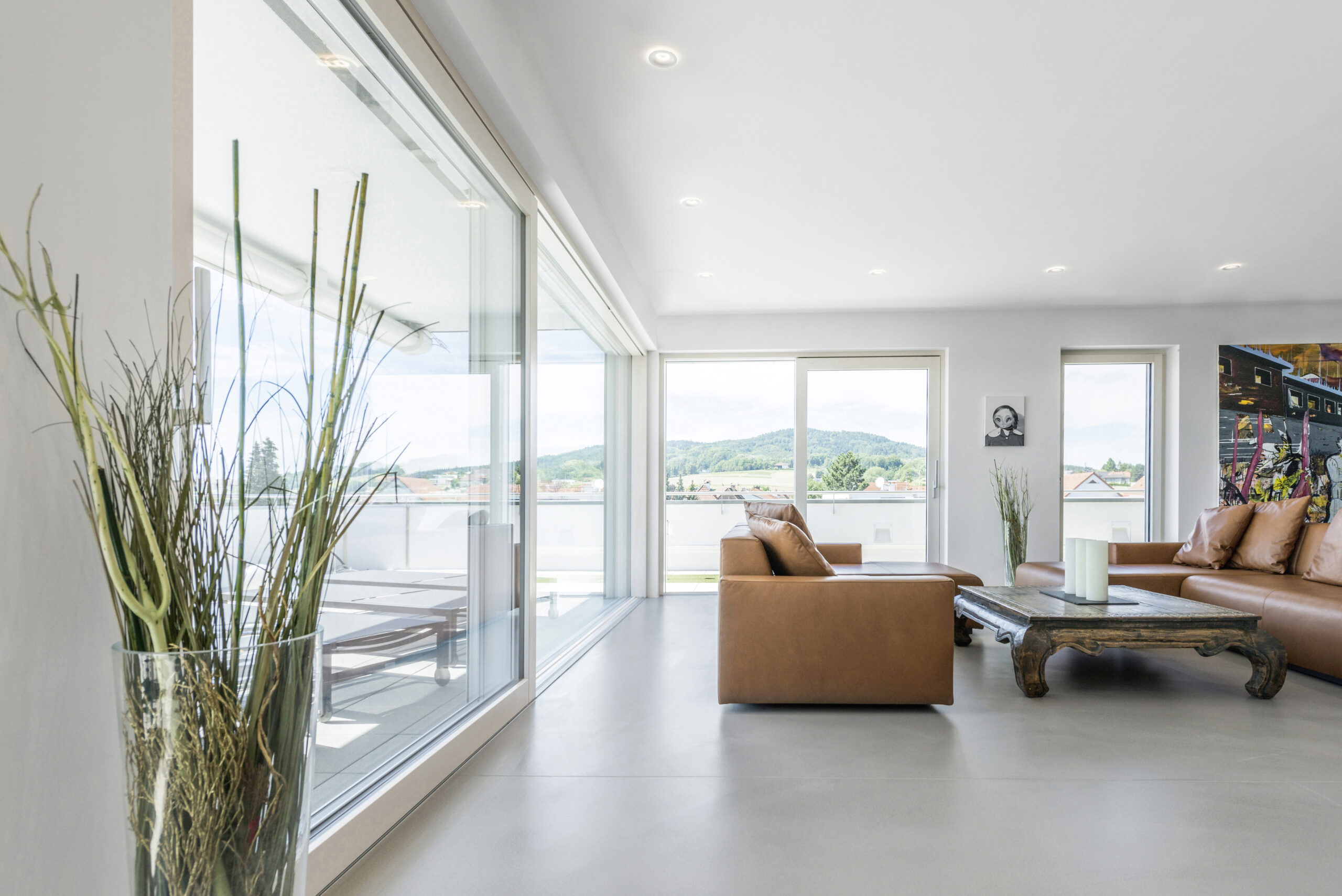
3. Are glues or other chemical substances used for ligating the fibers?
No. This type of processing is a wet process, during it, through the water and heat effect, the natural materials present in the wood fiber are reactivated (lignin and hemicellulose), which will subsequently ensure a strong ligature.
4. What is the difference between the wood fiber panel products made with dry process and those produced with wet process?
The difference consist in the fact that during the production of wood fiber panels with dry procedure it is necessary to add adhesives (mostly polyurethane), while in the wet procedure it is not necessary.
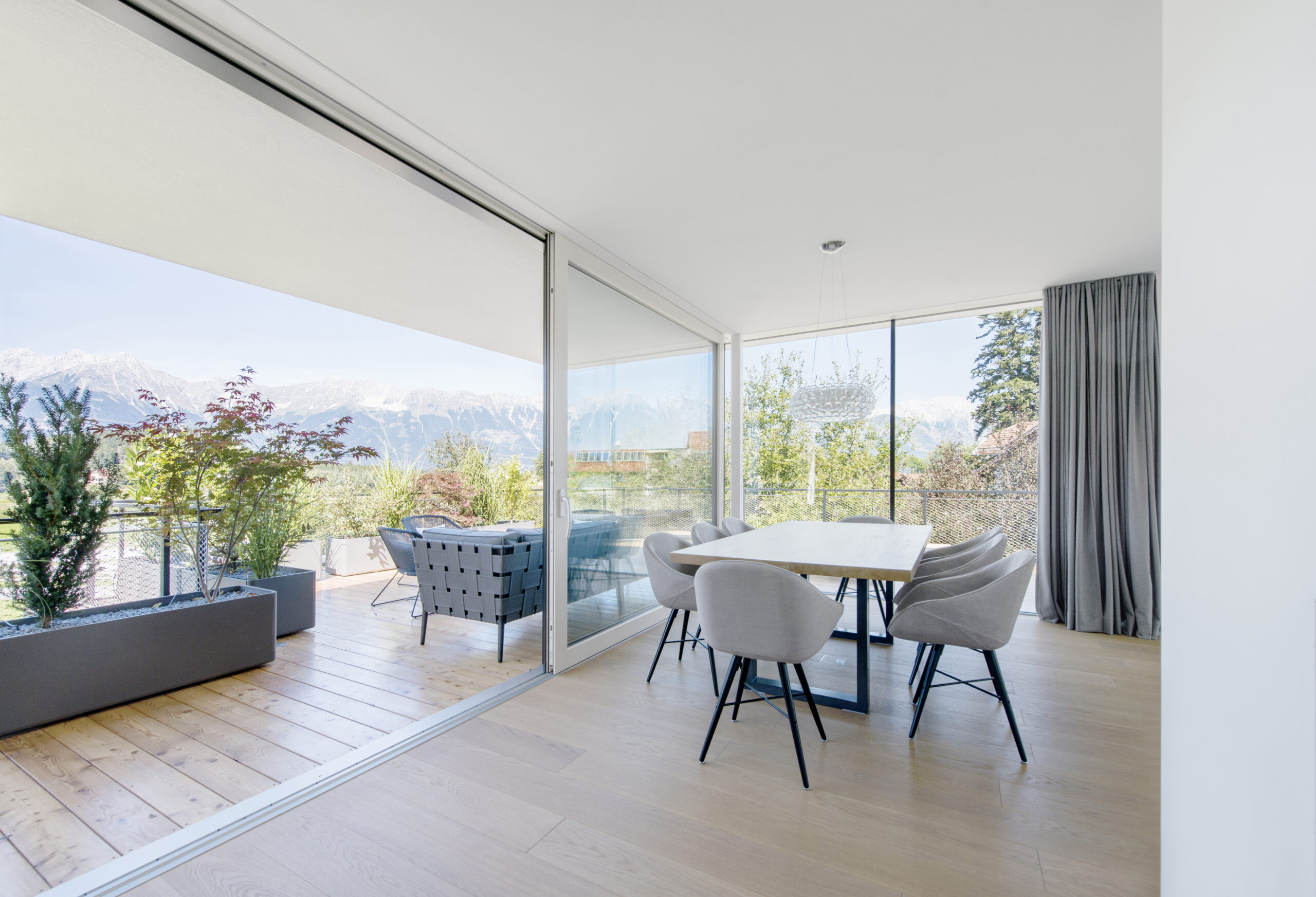
5. Which thicknesses of wood fiber panels can be produced?
Only the base panels with a thickness of 20 mm can be produced wet. The greater thicknesses (up to 120 mm) are produced by overlaying different layers of the base panels. For their binding an ecological glue based on modified natural starch is used.
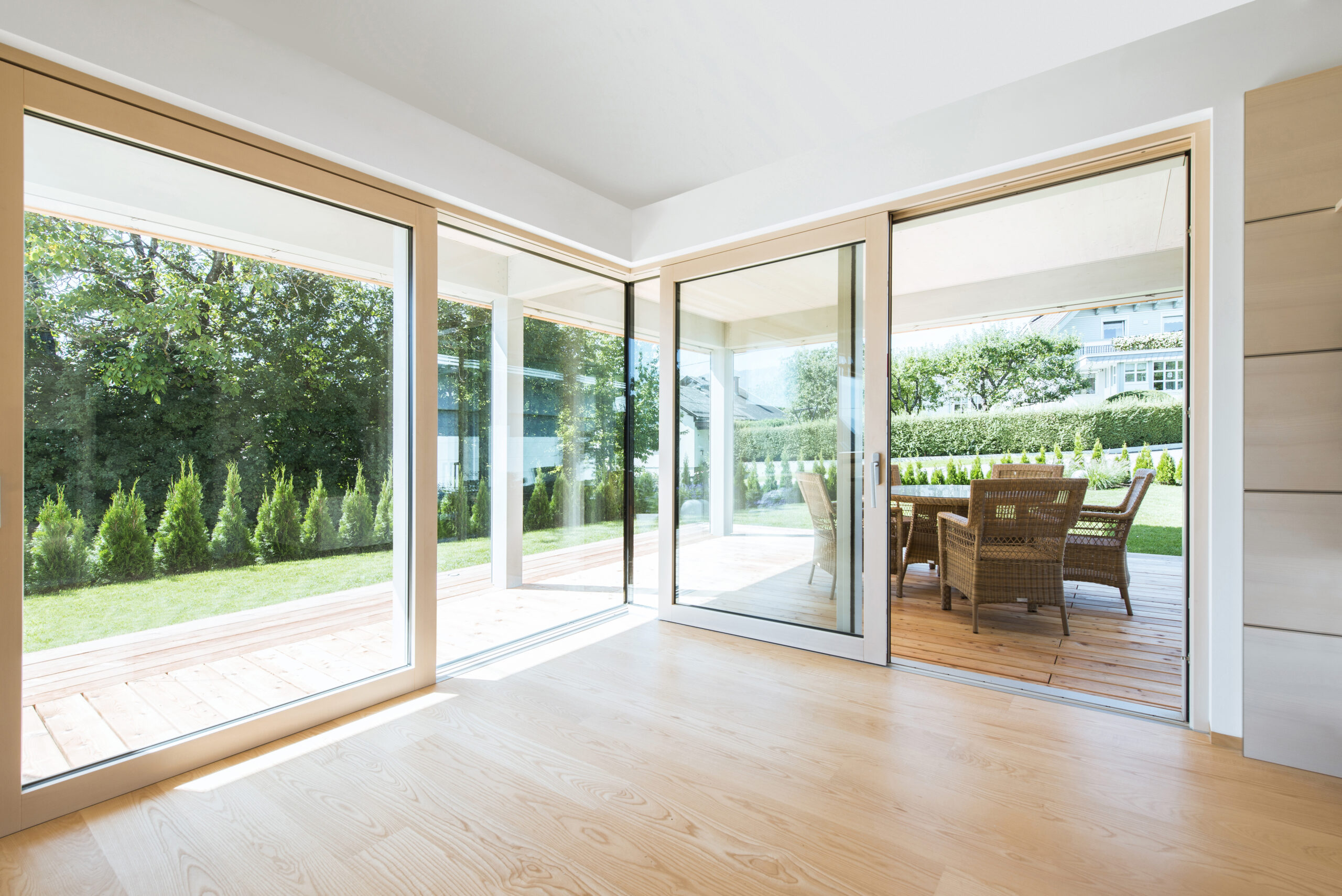
6. Can the GSWRAP wood fiber panels be considered ecological products?
Yes, from several points of view, starting from the raw material up to the possibility of recycling. The wood used for production is a matter that grows and comes from forests managed through permanently sustainable development systems. The production processes themselves are respectful of all the elements of the environment. GSWRAP insulation panels are totally recyclable, can be composted or burned without danger.
7. Are wood fiber panels harmless to health?
The GSWRAP wood fiber products are exclusively made of natural materials that have no influence on health. The main component is made of wood fiber (up to 98%). To improve the characteristics are added some exclusively natural materials, such as paraffin and natural native starch. Unlike most fiber insulation materials, our panels do not contain any percentage of formaldehyde (which are among the carcinogens).
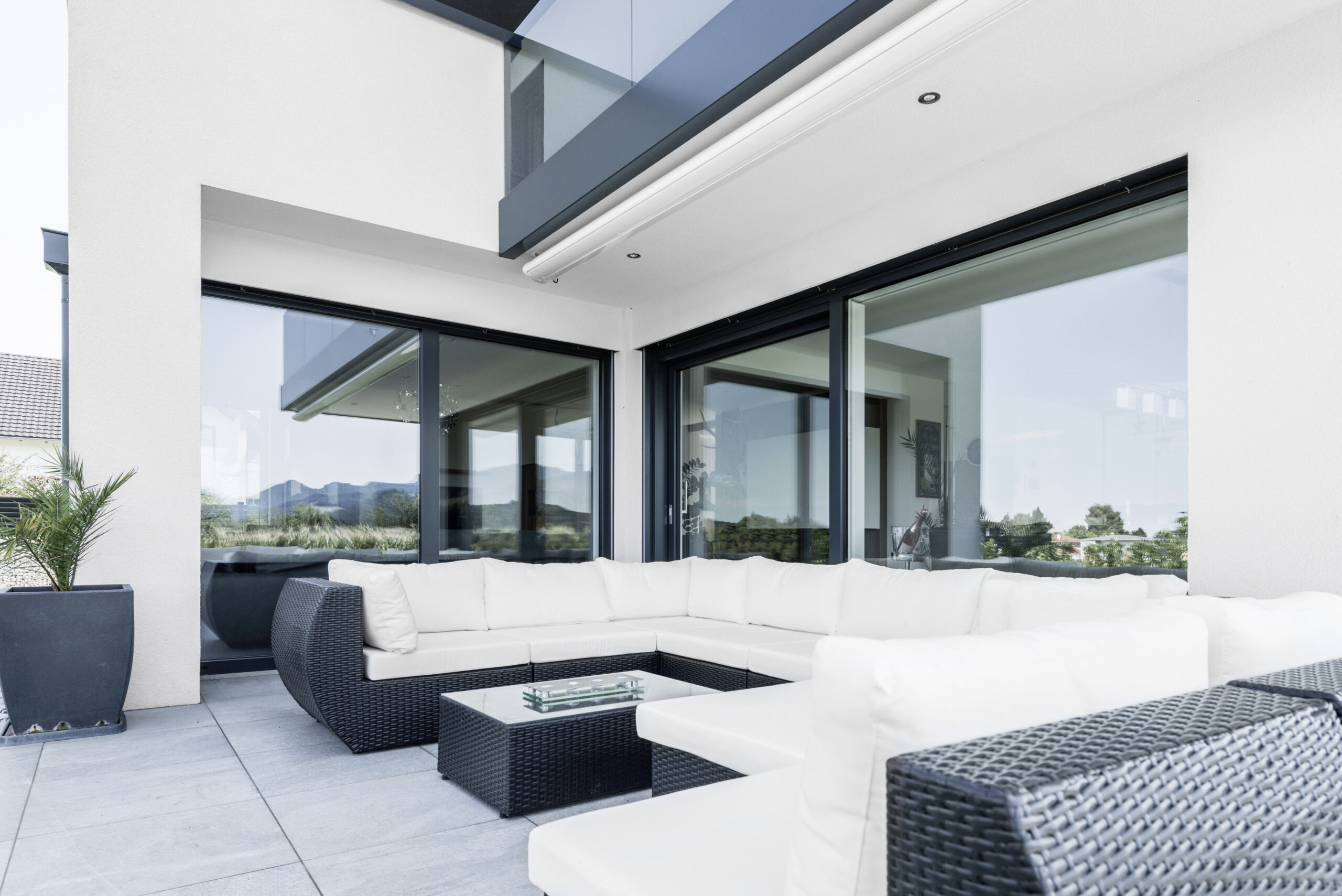
8. How is the protection of GSWRAP panels against insects and woodworms guaranteed?
During the wet production phase, all the aromatic substances of GSWRAP wood fiber panels, which are appreciated by insects and woodworms, are dispersed and come out of the wood. On the other hand, the final product has a degree of humidity of about 7-8%. From the biological point of view insects that affect the wood love coniferous timber if humidity is above 15%.
9. What is the useful life of the thermal insulating layers of the GSWRAP panels?
Thanks to their high density GSWRAP panels enjoy perfect shape resistance and do not degrade even over several years. These assumptions are confirmed by experiences that testify to the use of wood fiber panels even after 40 years.
TECHNICAL AND PHYSICAL CHEMICAL CHARACTERISTICS OF THE WOOD FIBER
1. How to guarantee a greater watertightness of GSWRAP panels?
In some of the GSWRAP panels, in order to increase the water tightness, natural hydrophobic material is added. It is not just a surface finish, but the hydrophobic matter is inserted into the process itself of forming the fibrous suspension; therefore the materials have a high water tightness for the whole thickness on both sides.
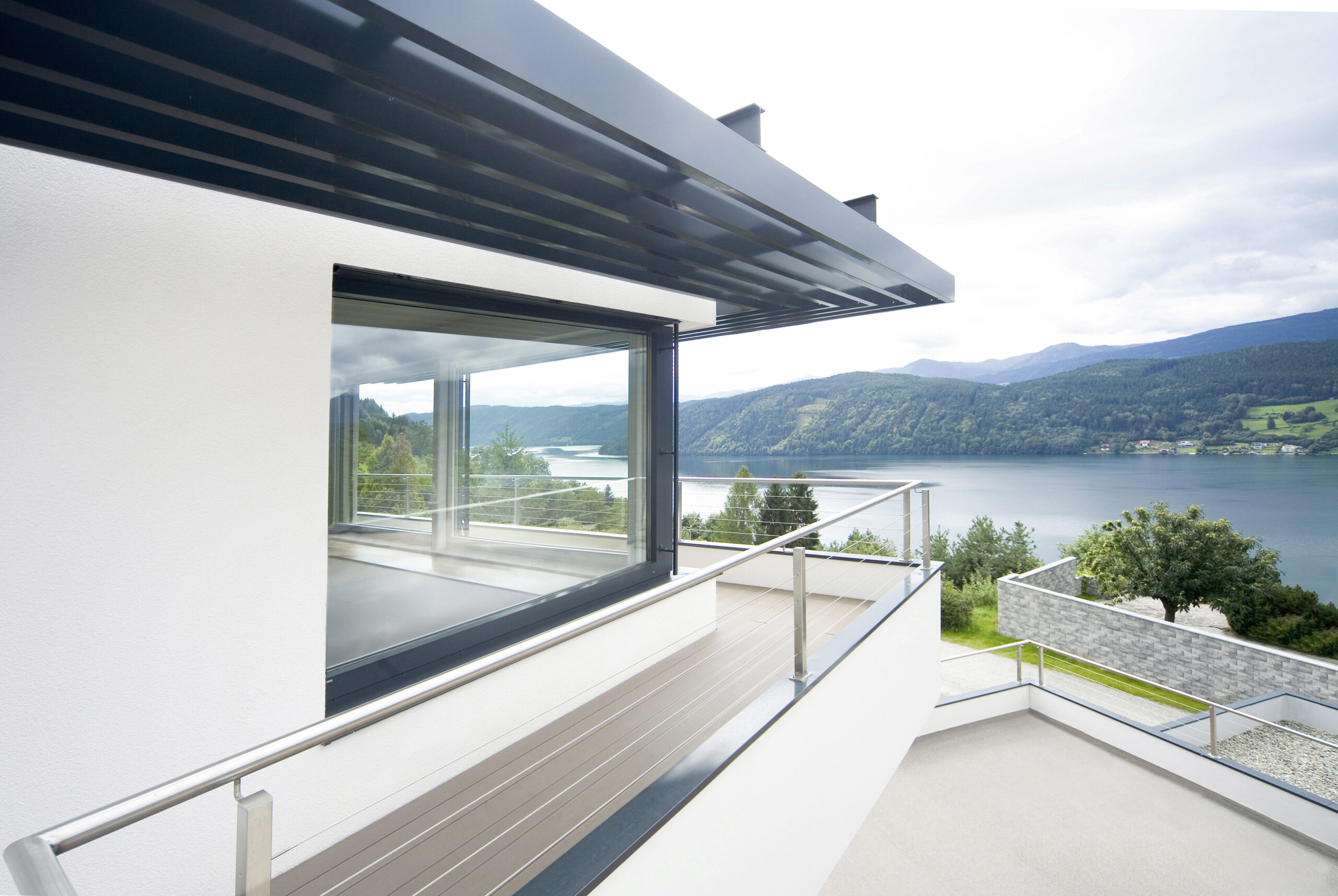
2. Which are the main thermal insulation characteristics of wood fiber?
The thermal insulation must ensure the building’s protection from heat loss during the winter months (winter thermal protection) and at the same time must protect the interior rooms from overheating in the summer months (summer thermal protection). The thermal insulation should work well even in conditions of humidity from the air and with water vapor.
3. What is the thermal conductivity?
Thermal conductivity is the main feature of thermal insulation from the point of view of protection of buildings from heat loss. It represents the ability of the substance to conduct heat and is expressed with the coefficient of thermal conductivity λ. The lower the value, the more effective the isolation is. Most insulation materials have a thermal conductivity coefficient of approximately 0,039 W/(m·K).
4. What is the heat transfer coefficient U?
It is the coefficient according to which the thermal insulation characteristics of the building structures are evaluated. Indicates the thermal flow passing through such structures and is; expressed in units W/m²·K; and is strictly related to the thermal conductivity of the materials used in the building structures. The lower the value, the less heat losses caused by the building structures will be.
5. What is the diffused resistance factor μ and the diffused equivalent thickness d?
The diffused resistance factor μ indicates how many times the resistance of a material is greater in passing water vapor than a layer of air with the same thickness and with the same temperature. Furthermore, another common indicator of the diffusion of water vapor is also constituted by the equivalent thickness diffused d; this thickness is calculated by multiplying the diffused resistance and the thickness of the material; indicates the air thickness in meters, with a diffused resistance equivalent to that of the building material. Materials with a diffusion factor of less than 10 are considered materials with very high diffusion capacity.
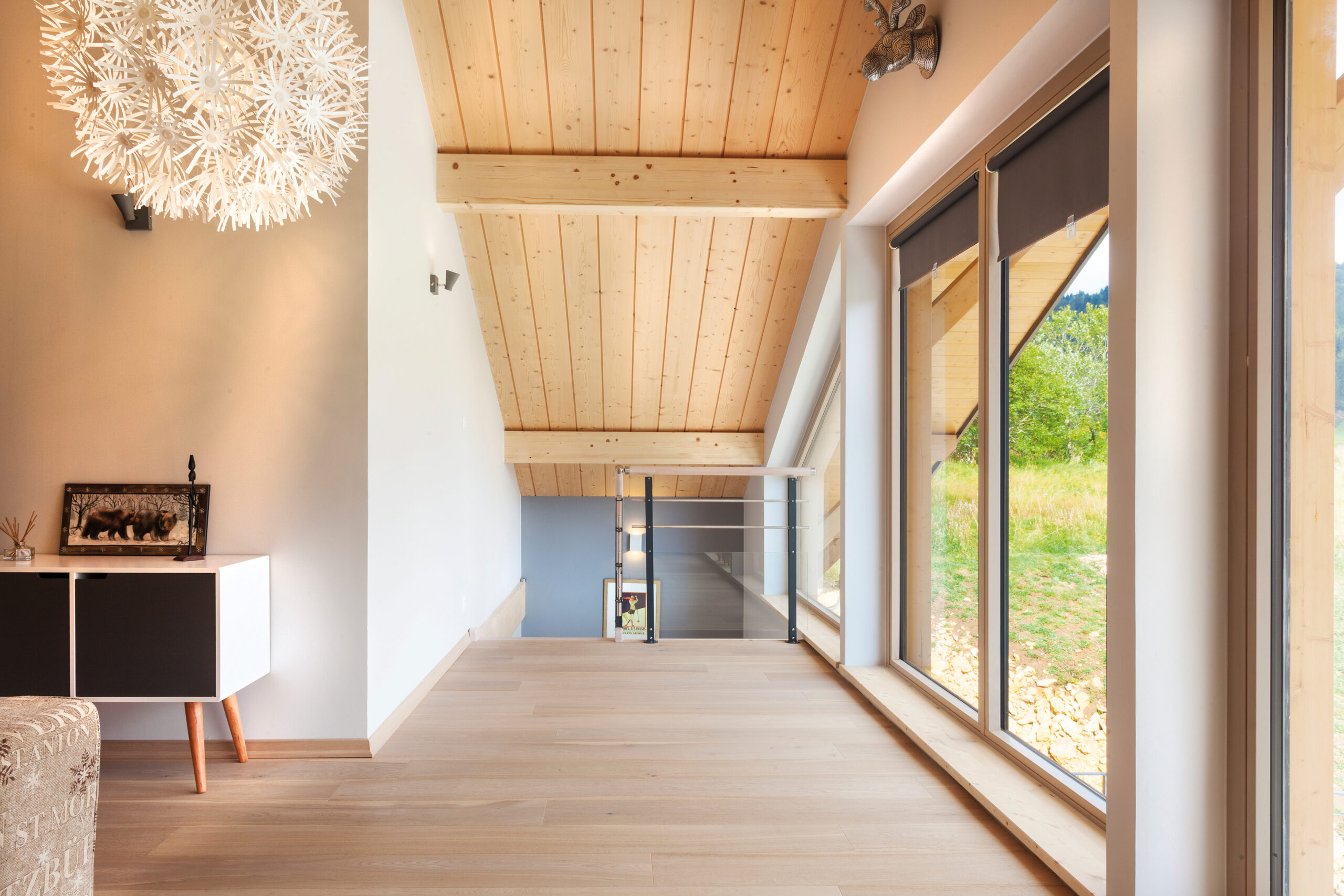
THERMAL AND ACOUSTIC INSULATION, THERMAL DISPLACEMENT
1. How does the thermal capacity and accumulation of the insulation affect?
The thermal and accumulation capacity of the insulation strongly contributes to the formation of an excellent climate inside the buildings, especially in the summer months, when there is usually a considerable overheating of the premises. If the materials present in the building structures are equipped with a high capacity of accumulation, they can more effectively mitigate the temperature changes.
2. What is the thermal displacement?
The thermal displacement is strictly related to the accumulation capacity of building materials; represents the temporal deviation of extreme temperatures; for example, the most extreme outdoor afternoon temperatures are transferred inside the following hours and at the same time their value is attenuated.
3. What is the importance of insulation to pass water vapor?
The capacity of the material to pass the water vapor (diffusion capacity) is a very important capacity of the insulating materials as inside the buildings a large quantity of water vapor is formed. The passage of water vapor through the structure is a very important phenomenon in order to avoid the subsequent formation of condensation; the presence of condensation inside the structures represents a danger for their useful life.
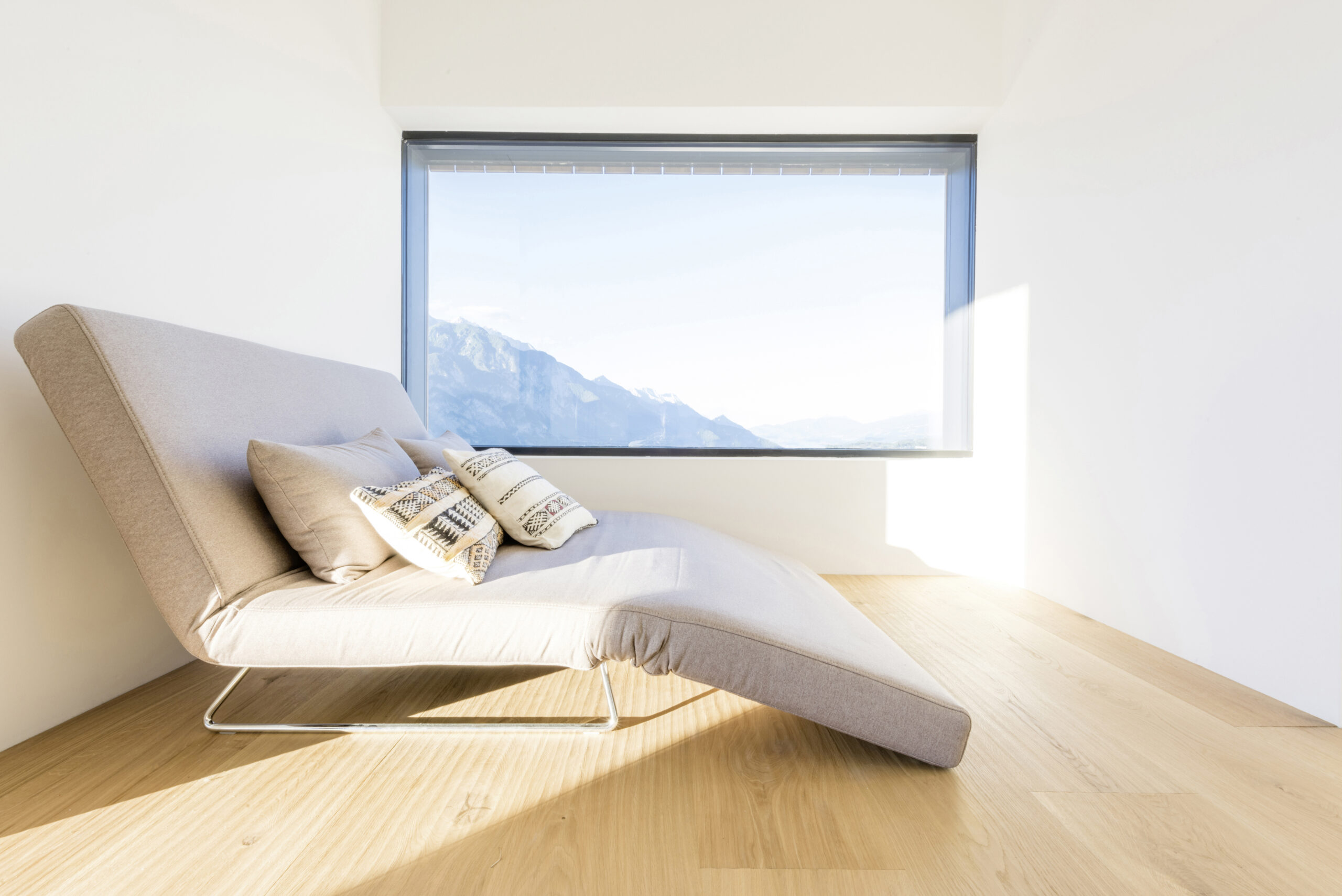
4. How do widespread open structures in the building work?
Based on the principle of sufficient humidity output from internal rooms; their outer layer hinders the penetration of humidity in the external environment. These facilities are open (no vapor barriers apply). For these structures it is necessary to use materials with a decreasing value of the resistance spread from the inside towards the outside.
5. What are thermal bridges and how can they be limited?
Thermal bridges arise in places where the thermal insulation layer is interrupted due to materials with worse thermal conductivity (eg in the middle of beams on a sloping roof). On the roof, the proportion of beams over the entire roof area can be 20%, where the conductivity of the wood is four times lower than that of the GSWRAP panels. Our Joist product has just been improved with beam insulation, thermal bridges can be limited by using an additional amount of insulation, either below or above the beams.
